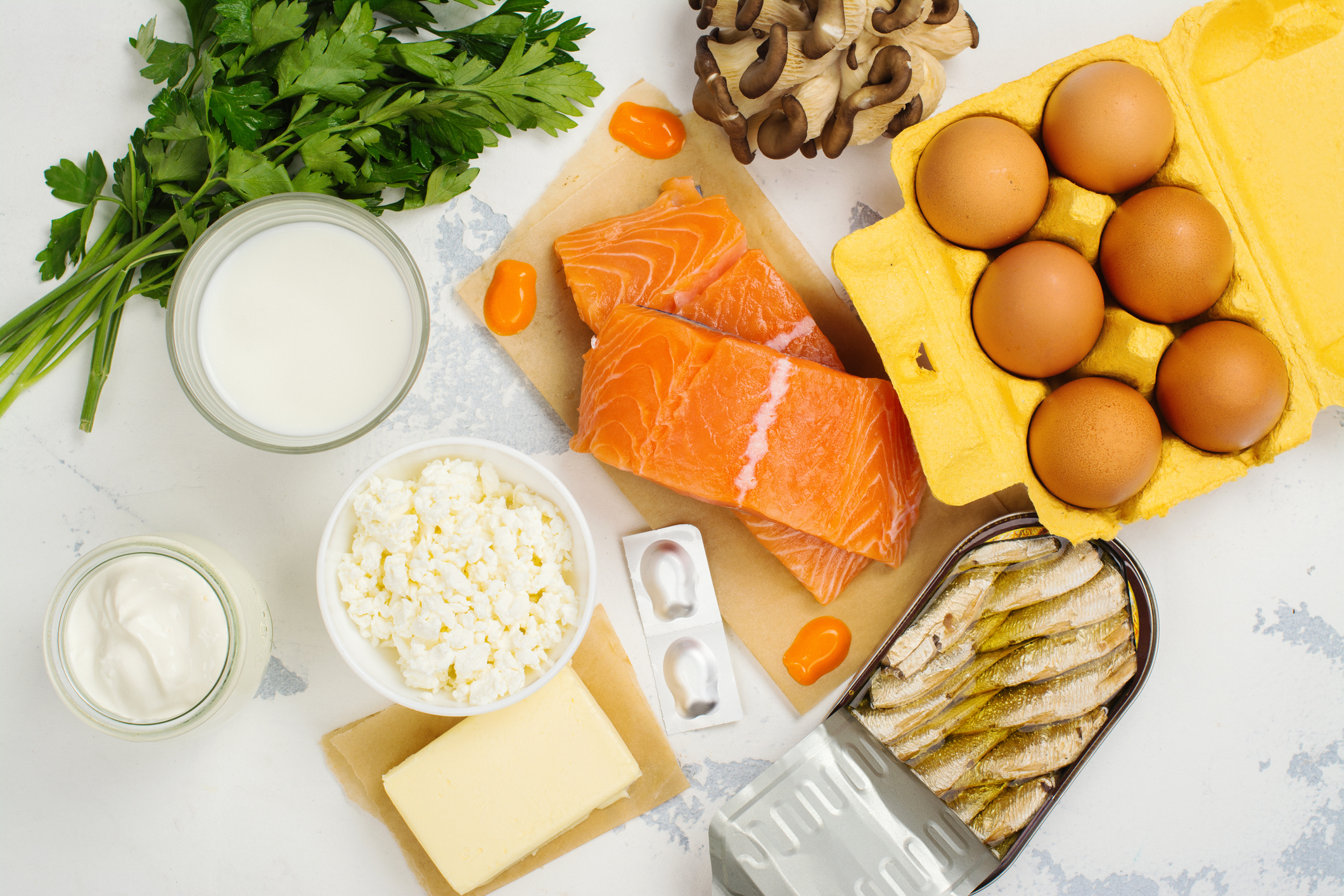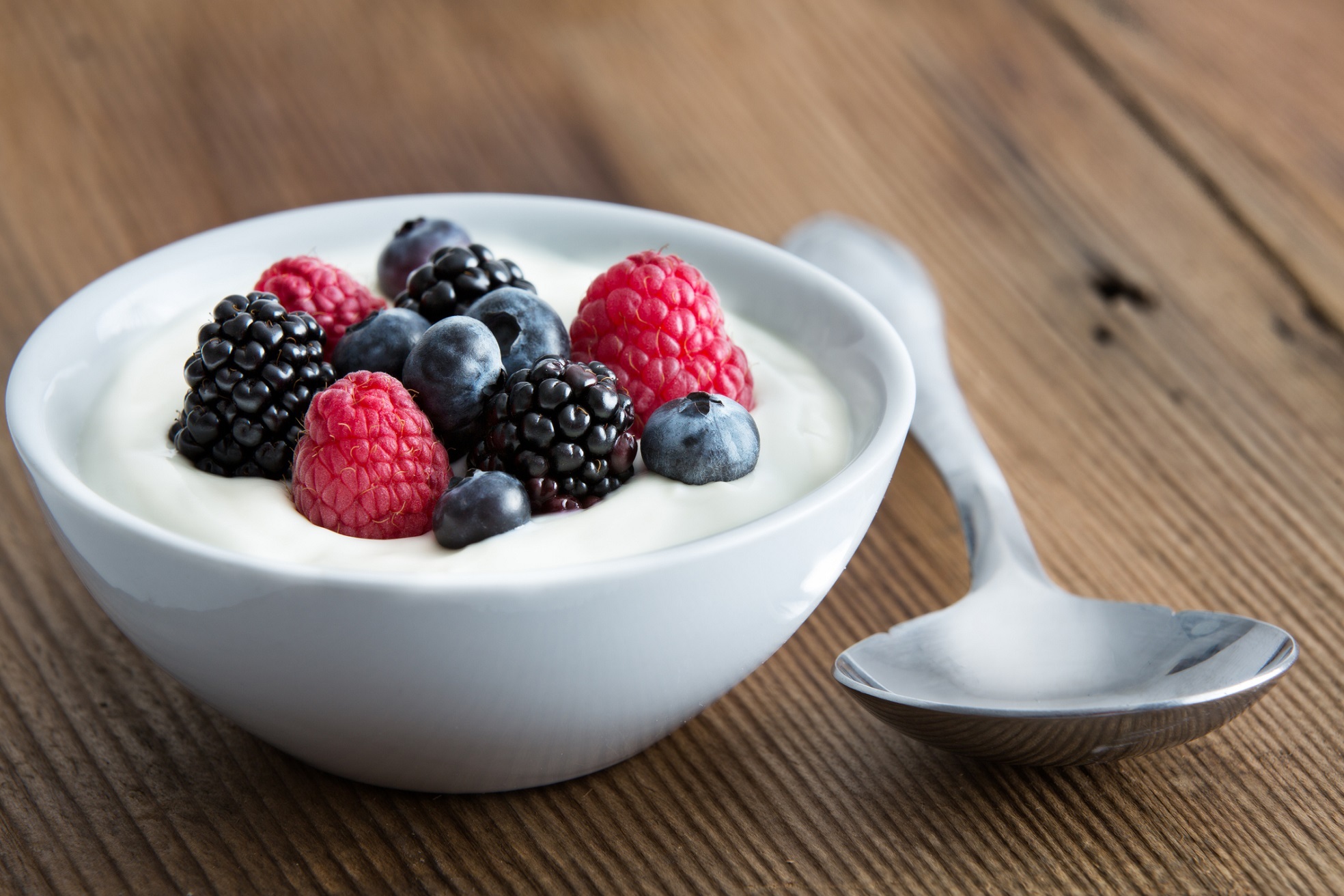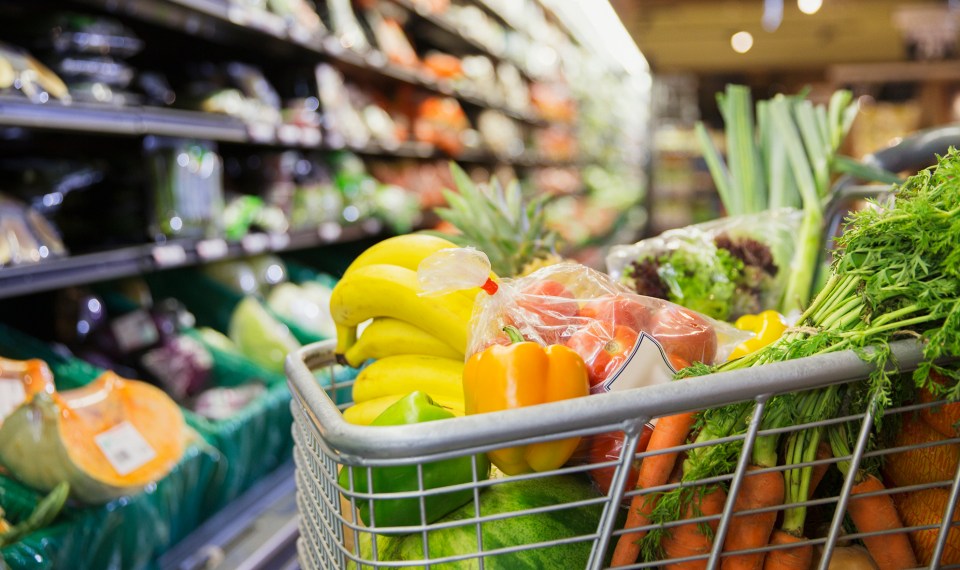A healthy, well-balanced diet is essential to overall wellness. However, the natural aging process affects nutritional needs, especially for women over 50.
“Women’s nutritional needs change with age for several reasons,” explained Madeline Kolpin, a registered dietitian at Encompass Health Rehabilitation Hospital of Jacksonville. “Older women don’t need as many calories, often due to less activity. There’s also metabolism, menopause, and age-related loss in bone and muscle mass.”
Menopause and Nutrition
Commonly associated with not-so-pleasant symptoms like hot flashes, mood swings and weight gain, menopause is a natural part of aging that occurs for women in their late 40s and early 50s.
Menopause marks the end of your menstrual cycles. This process occurs when you are no longer producing high levels of estrogen and progesterone hormones needed for reproduction. The changes in hormone levels influence how our bodies use calcium and maintain blood cholesterol levels. Menopause also increases the risk of osteoporosis.
Medications and chronic conditions can affect your dietary needs. Before you make changes to your diet, consult your doctor.
Five Tips to Improve Diet
Boost Calcium and Vitamin D
Calcium and vitamin D pack a one-two punch. Calcium keeps bones strong, and vitamin D helps absorb calcium. “A loss of bone density can lead to osteoporosis and a higher risk of fractures in older adults,” said Kolpin.
Calcium-rich foods include:
- Dark leafy greens such as spinach, kale, arugula and romaine lettuce, acorn and butternut squash
- Vegetables: Collard greens, turnip greens, Bok Choy, broccoli, brussels sprouts
- Legumes: Tofu, beans (red, white and spotted), chickpeas, peas and green beans
- Dairy products: Skim milk, low-fat yogurt, cheese and dairy alternatives like soy milk

Vitamin D-rich foods:
- Fatty fish such as salmon, trout and sardines
- Orange juice
- Eggs
- Fortified cereals
- Portabello mushrooms
- Beef
Free Healthy Aging Guide
Learn more about managing your healthcare as you age and planning for the unexpected in our guide developed by healthcare professionals.
DownloadBe Mindful of Iron Intake
Iron helps transport oxygen throughout your body, but you don’t need as much iron after menopause. “During menstruation, iron is lost through the blood and iron deficiency is prevalent. When this ceases, iron increases in the body due to decreasing menstrual periods,” Kolpin said.
According to Kolpin the recommended intake of iron for women 19-59 is about 18 milligrams. After menopause that recommendation decreases to 8 milligrams.
Reduce Calories
Simply eating less is beneficial because of changes to metabolism (how our body converts food into energy). “Metabolism starts to decline at a faster rate after 60 years old. This change in metabolism can be attributed to muscle loss, being less active and the natural aging of metabolic processes,” said Kolpin.
For women over 50, recommended calorie intake is about 1,600, a decrease from 1,800 for women 31-50 years old.
Exercise, especially resistance training, can help reduce the rate that metabolism slows and curb weight gain.
Reduce Sugar to Keep Inflammation at Bay
Consuming too much added sugar can raise blood pressure and increase chronic inflammation. “Inflammation is part of the body’s healing process,” explained Kolpin. “During injury or infection, the body releases chemicals to help protect it and this can cause redness, warmth and swelling. Eating too many inflammatory foods can cause chronic low-grade inflammation.”
You can be mindful of sugar intake by looking at nutrition labels. Keep added sugar to about 25 milligrams or less per day. According to Kolpin, “The leading sources of added sugars in the American diet are sugar sweetened beverages, sweets and desserts such as cookies, brownies, cakes, pies, ice cream, pastries and donuts.”
To reduce added sugar intake:
- Cut down on sweetened beverages like soda, energy drinks, sweetened tea and instead opt for water, unsweet tea and unsweetened sparkling water.
- Beware of smoothies, fruit drinks, cereals and snacks that are marketed as “healthy.” They often contain a lot of added sugar.
- Consider full-fat options over reduced fat. The low-fat versions of products like peanut butter, yogurt and salad dressing often have significantly more added sugar.
- Eat fresh fruits instead of juices. Fruit can also satisfy your sweet tooth when it’s time for dessert.
- Swap out sugar in your coffee for zero-calorie sweetener.
- Be mindful of nutrition labels and look for added sugar content.
- Commit to eating whole foods whenever possible instead of pre-packaged. You’ll have better control of the ingredients, including sugar. Healthy options include fresh fruit, whole grains, legumes, vegetables and meat on the bone.
- Eat protein for all its benefits. Not only does protein help maintain a healthy weight, restore our energy and boost immunity, it also reduces sugar cravings. Protein-rich foods include whole foods, such as meat, fish, eggs, full-fat dairy products, avocados and nuts.

Boost Antioxidants in your Diet
Known to lower the risk of infection and certain types of cancer, antioxidants help our bodies by fighting off free radicals. “These are molecules produced by cells when the body breaks down food or is exposed to smoke or radiation. If the body cannot remove these free radicals, it can harm cells and body function, also called oxidative stress. Antioxidants help neutralize these free radicals in our bodies,” said Kolpin. The drop in estrogen in post-menopausal women can also increase the risk of oxidative stress.
Foods rich in antioxidants include:
- Berries: Blueberries, blackberries, strawberries, cranberries and raspberries
- “Colorful” vegetables: Red and yellow bell peppers, carrots, sweet potatoes, kale and spinach
- Nuts: Walnuts, pecans, chestnuts and almonds are packed with an antioxidant called polyphenol
- Dark chocolate: Look for the dark chocolate version of your favorite candies and follow serving size recommendations
The content of this site is for informational purposes only and should not be taken as professional medical advice. Always seek the advice of your physician or other qualified healthcare provider with any questions you may have regarding any medical conditions or treatments.



